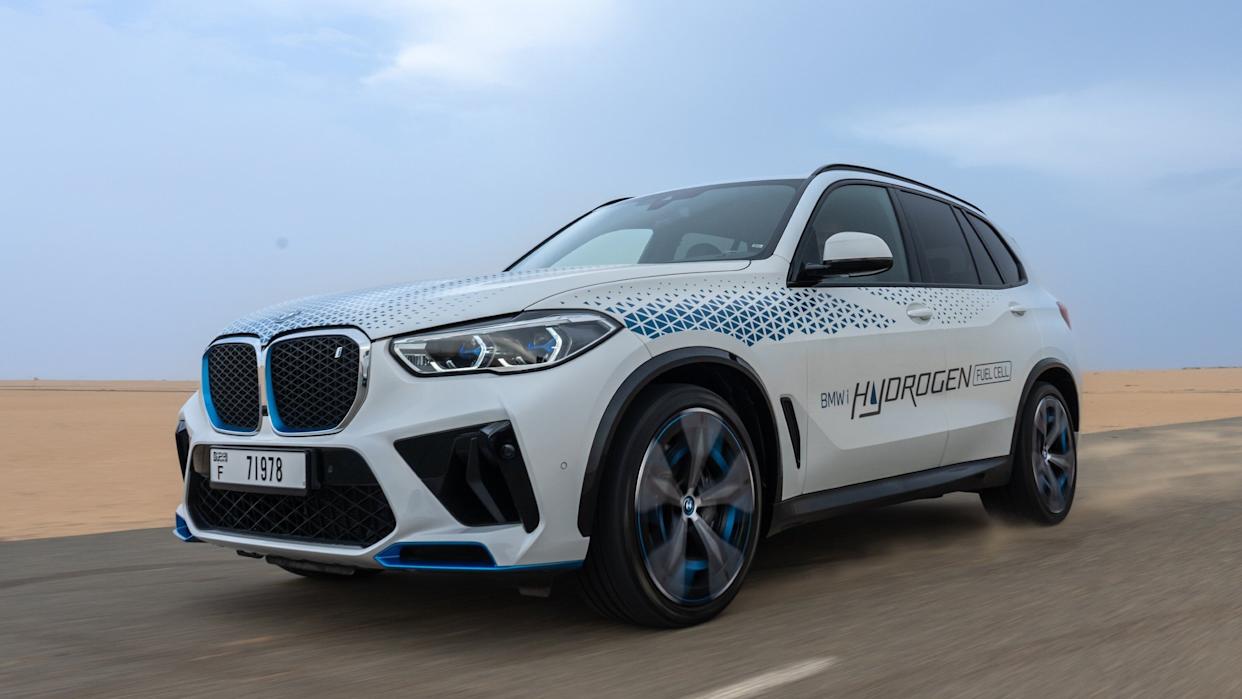
Automakers have eyed hydrogen fuel cell technology as a viable alternative to battery-electric vehicles. But as Stellantis and Renault scrap their hydrogen plans, the powertrain’s future has been put in doubt.
Stellantis made its position on hydrogen clear July 16. The owner of the Peugeot, Fiat and Opel brands announced that it is ending its hydrogen fuel-cell program and abandoning its Pro One range of hydrogen-powered vans to pivot fully toward battery-electric vehicles and hybrids in response to demanding CO2 regulations.
Stellantis said July 29 that it was recording an impairment of €733 million on the investment.
“The hydrogen market remains a niche segment, with no prospects of midterm economic sustainability,” Stellantis COO for Europe Jean-Philippe Imparato said in a release. “We must make clear and responsible choices to ensure our competitiveness and meet the expectations of our customers with our electric and hybrid passenger and light commercial vehicles offensive.”
The decision places the future of Symbio, Stellantis’ joint venture with Michelin and Forvia, in the balance — Stellantis accounted for 80 percent of the business for Symbio.
At the same time, Hyvia, Renault’s fuel cell joint venture with U.S. company Plug Power, is being liquidated after failing to win enough orders to remain viable.
Renault originally co-founded Hyvia in 2021 to produce hydrogen fuel cell vans. Hyvia was placed in liquidation by a French court in February. Last December it said its struggles were because “the too slow evolution of hydrogen mobility ecosystems in Europe and the very significant development costs required for H2 innovation led to this decision.”
Why hydrogen still has several believers
The moves by Stellantis and Renault mean that only a select few automakers, including Toyota, Hyundai and BMW, remain committed to hydrogen.
Hydrogen cars, or fuel cell electric vehicles (FCEVs) use hydrogen fuel to generate electricity through a fuel cell to then power an electric motor. Many FCEVs also include a battery to store energy, which can be used for acceleration or regenerative braking.
Advantages include zero tailpipe emissions — FCEVs only emit water vapor and heat. This makes FCEVs a cleaner alternative to gasoline-powered vehicles.
“You could argue that it is possible to produce hydrogen in Europe or the U.S. in an environmentally friendly way using renewable energy, and you can use this hydrogen to produce electricity within the car to substantially reduce the required size of the car battery, which would allow you to be more independent of certain materials from China that are currently required to produce batteries,” Marc-Rene Tonn of consultancy Warburg Research told Automotive News Europe.
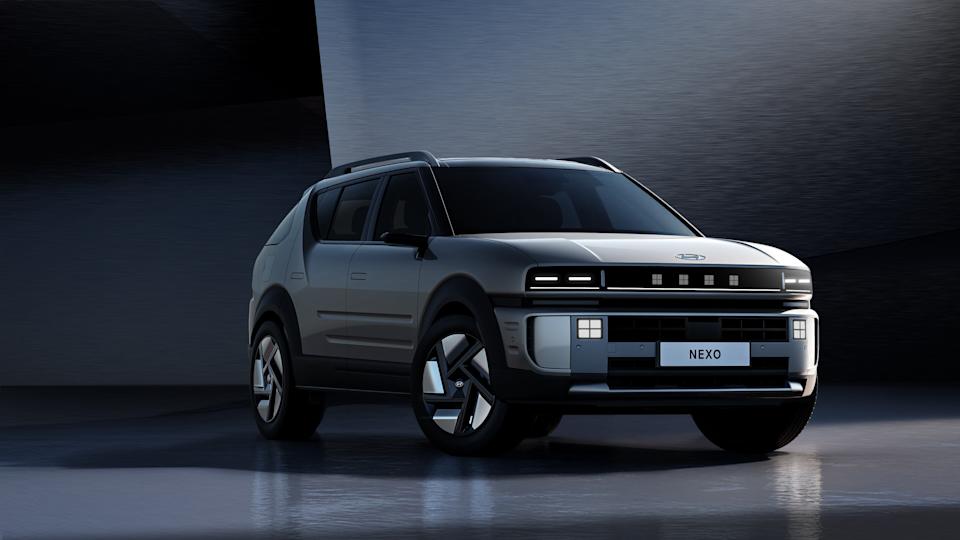
As well as environmental benefits, FCEVs typically refuel in less than five minutes and offer a range of 480 to 700 km.
The hydrogen fuel cell vehicle market is poised to grow annually at a rate of 20 percent between 2025 and 2030 and reach a value of $20.5 billion by 2030, according to Knowledge Sourcing Intelligence. The forecast includes passenger cars, light commercial vehicles and heavy trucks.
According to Market Growth Reports, there were more than 60,000 hydrogen-powered passenger cars and commercial vehicles worldwide in 2024. Numbers are set to reach 100,000 by 2026. Japan, South Korea and Germany have together installed more than 500 hydrogen refueling stations, while China plans to build more than 1,000 stations by 2030.
Toyota confident hydrogen ‘can make a positive change’
Toyota is heavily investing in FCEVs and the associated infrastructure.
Toyota’s second-generation Mirai, launched in 2021, remains its flagship FCEV in Europe, now with enhanced safety features and a longer range of about 650 km. Toyota is also developing a new, third-generation fuel cell system, building on its experience with the Mirai.
The automaker unveiled a prototype hydrogen-electric hybrid van last November and is working with Isuzu Motors to introduce a light-duty hydrogen fuel cell truck later this decade.
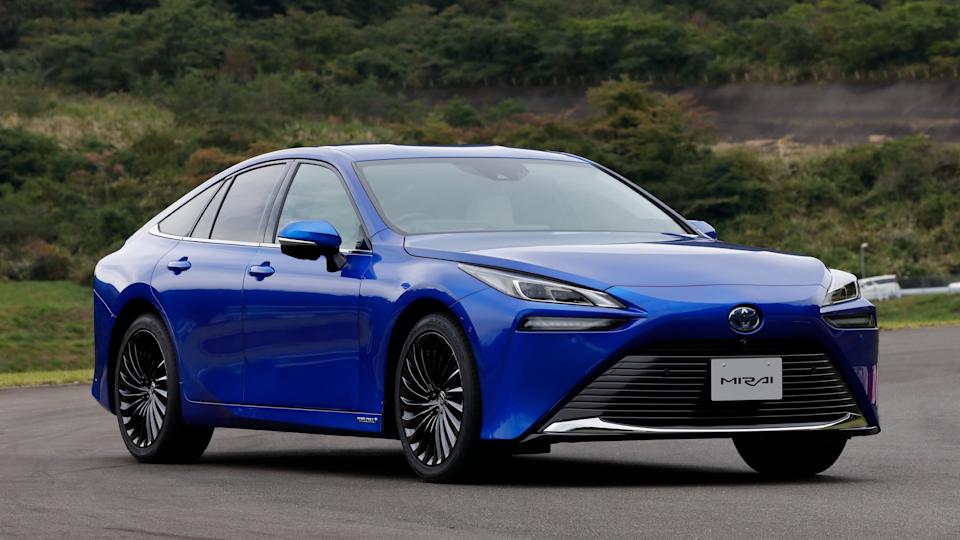
“Hydrogen as a fuel — and especially fuel cells — offer benefits that can make a positive change, and we are invested in their long-term success,” Jordan Choby, Toyota group vice president of powertrain engineering, said in a press release in April. “We are investing in resources that we believe will lead to sustainable growth, both for our operations and the entire value chain in this still-evolving transportation sector.”
BMW eyes 2028 for first hydrogen production car
Meanwhile, BMW debuted the iX5 hydrogen fuel-cell prototype in 2024.
In 2028, BMW is set to release its first production hydrogen FCEV in partnership with Toyota. It will be an existing model offered with a hydrogen variant. The partners are jointly developing a third-generation fuel cell powertrain to be used in both brands’ vehicles to harness economies of scale.
The strategy fits BMW’s pledge to remain broadly diversified, in line with its “Power of Choice” strategy.
Speaking during BMW’s annual general meeting May 14, CEO Oliver Zipse explained why going all-in on EVs is the wrong approach for the Munich-based automaker. “We don’t believe in technically one-sided regulations that limit supply. As a stand-alone technology, e-mobility leads down a dead-end street — that much is now clear. The differences are simply too great, even just within Europe.”
Hyundai envisions hydrogen being for ‘everyone’
Another hydrogen proponent is Hyundai Group, which aims to popularize the powertrain for “everyone, everything and everywhere” by 2040.
Hyundai plans to be the first automaker to apply fuel cell systems to all commercial vehicles models as well as heavy trucks by 2028 and also aims to reach cost parity between FCEVs and BEVs by 2030.
Hyundai’s fuel-cell vehicles include the Nexo, in production since 2018. The automaker’s Initium concept, previewing the next-generation Nexo design, promises a range of more than 650 km.
Finally, a joint venture with General Motors, announced in 2024, plans to develop new hydrogen and battery-electric powertrains for passenger and commercial vehicles segments.
The biggest challenge for hydrogen is the rise of BEVs
Despite the likes of BMW’s optimism in their potential, hydrogen vehicles still face a number of challenges, including insufficient infrastructure, high hydrogen costs and rising refueling costs.
However, the biggest challenge of all is stiff competition from BEVs.
“The reality is that in every road vehicle segment, BEVs outsell hydrogen vehicles by a large margin and keep growing faster,” Gartner Vice President of Research Pedro Pacheco told Automotive News Europe in an emailed reply to questions.
“This is due to the fact that BEV tech was and still is being championed by companies who go all-out on BEV because their survival depends on that.”
For example, Tesla built its own public charging network to drive BEV adoption. However, you don’t see any automaker developing its own hydrogen refueling network, he pointed out.
Plus, many automakers feel it is risky to heavily invest in hydrogen when energy companies don’t want to plow money into production and network capacity.
Automakers, under pressure from a growing geopolitical dispute between the U.S., China and the EU, have to be pragmatic about where to invest and what to drop.
“BEV sales’ supremacy over hydrogen makes it clear,” Pacheco said, “BEVs are the ones to keep.”
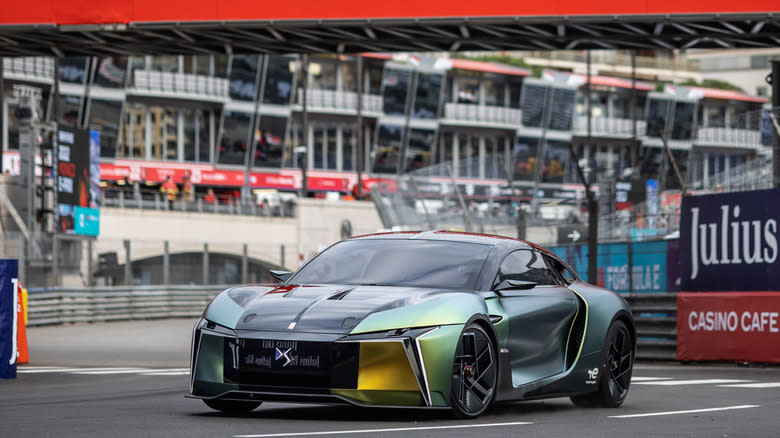
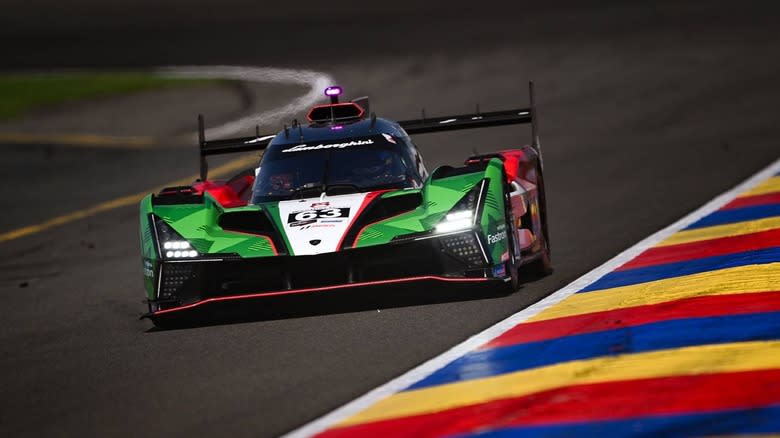
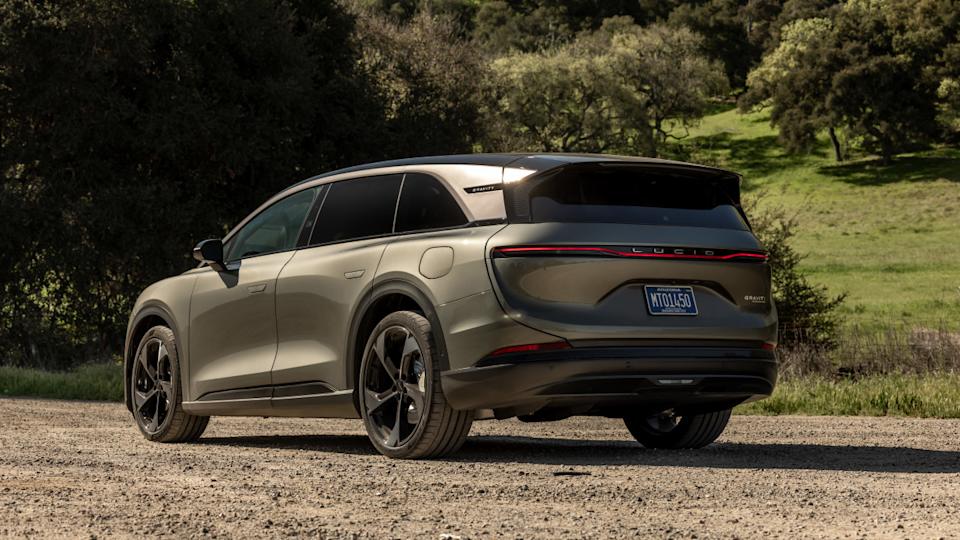
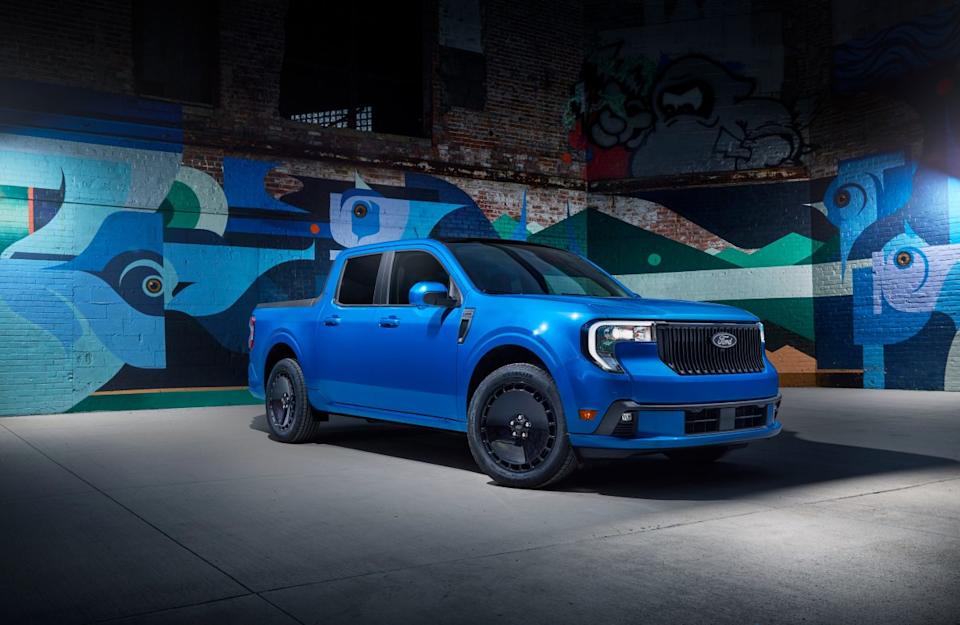

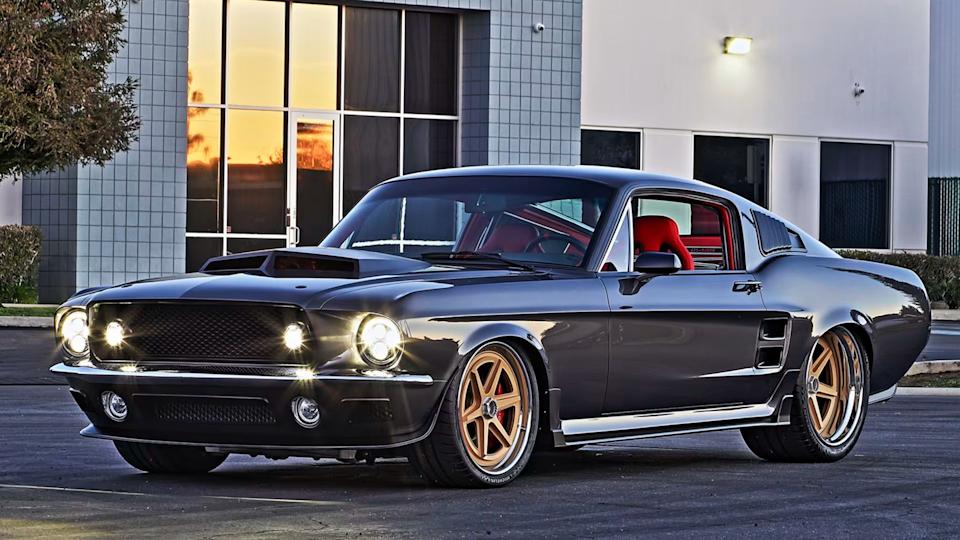
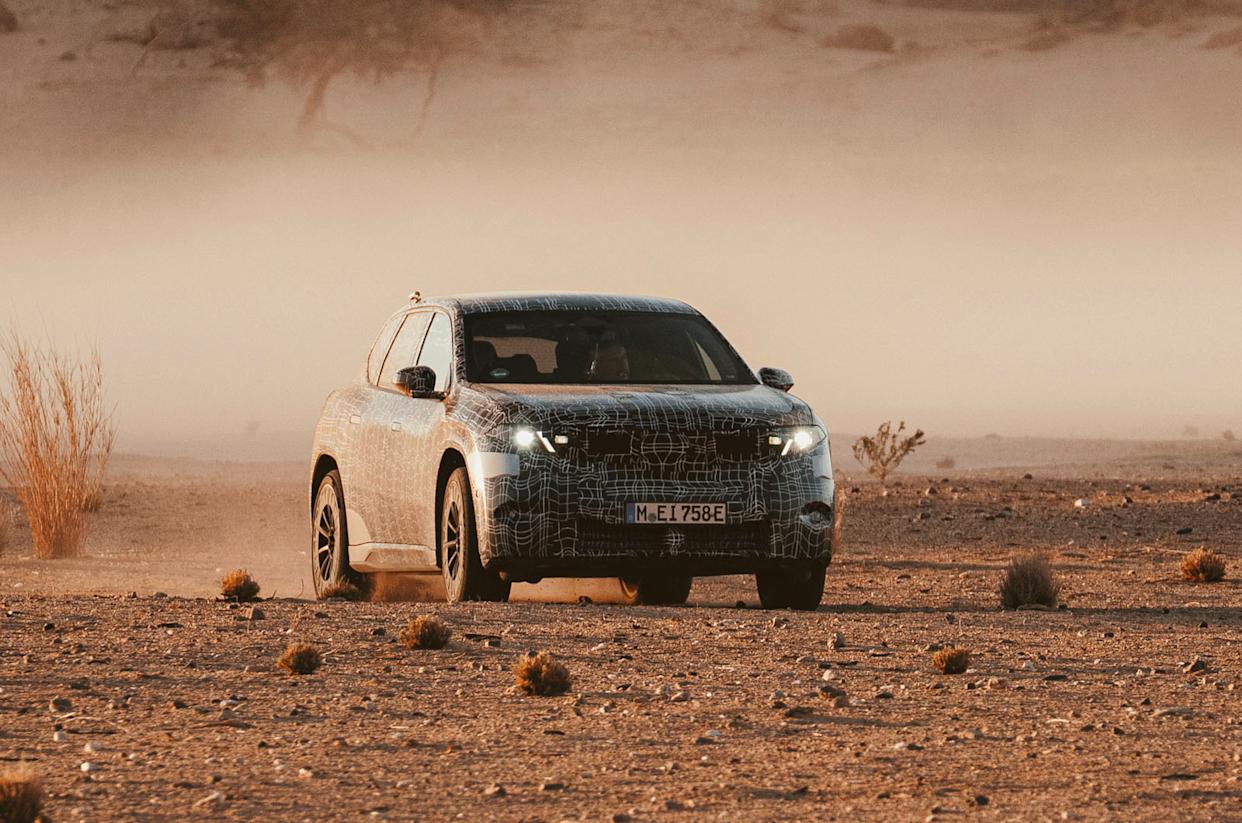

Comments